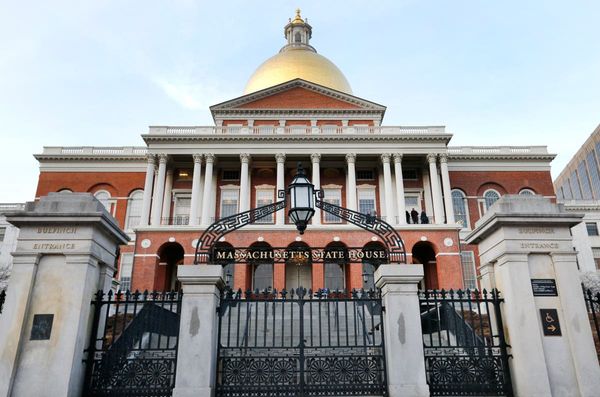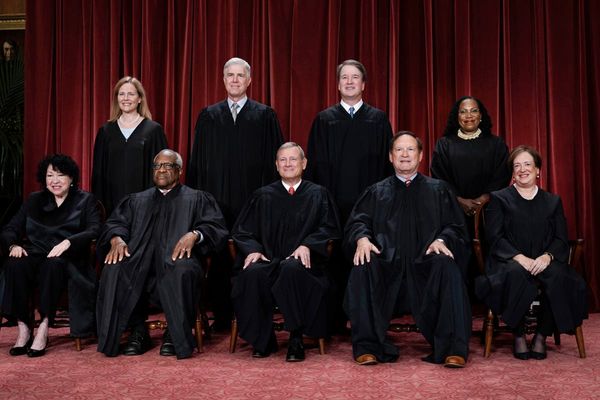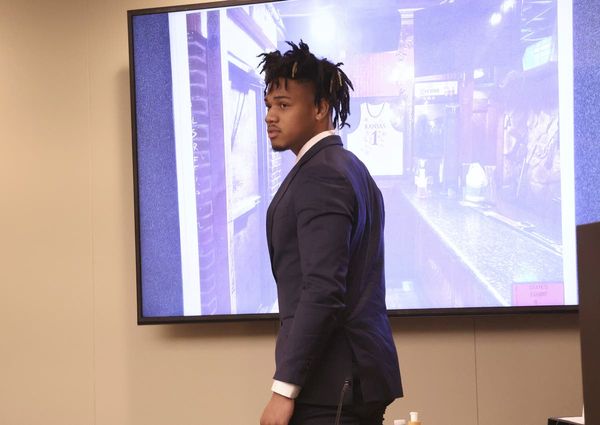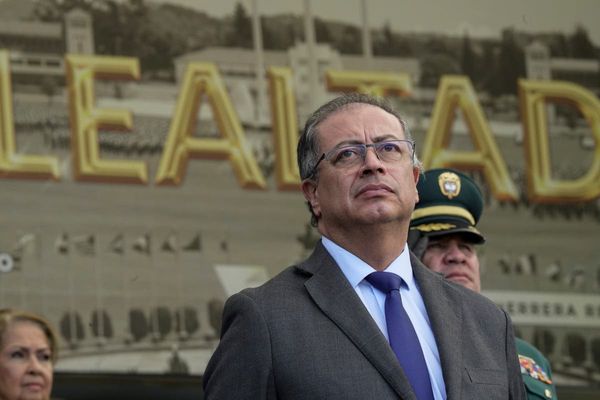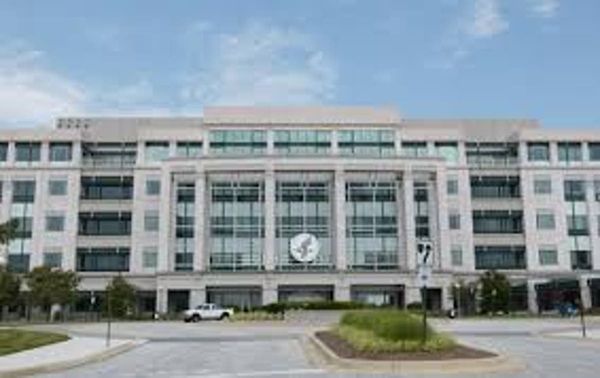
Monogamy is a thing of the past. Today’s athletes and fans are in an open marriage. Few Australians pledge undying loyalty to one game, club or colours along old tribal lines. We follow multiple sports and split our loyalties between teams local and global. We flirt and flit between stars of every game as fidelities shift and transfer, changeable as the weather.
That’s why the current “code war” between rugby union and rugby league is little more than a Punch and Judy show for public titillation. On-field and off, conflict makes for great drama. “Code hopping” fuels headlines and debate, encourages great athletes to consider up-skilling to a new game, and challenges fans to follow their favourite athletes – or even NRL and AFL rejects turned Super Bowl stars Jordan Mailata and Arryn Siposs – into new realms.
For the past few months Peter V’landys, chair of the Australian Rugby League Commission and Hamish McLennan, chair of the Australian Rugby Union, have been waging a bizarre war in the media. McLennan is on a war footing, bullish after posting an $8.2m surplus this year – a $35m turnaround on a $27.1m deficit of two years ago. That’s small change to V’landys, who posted a $62.9m surplus in 2022. His concern is the game’s true currency: the players.
Australia hosting the 2027 Rugby World Cup means another major sports circus is coming to town. It translates into lots of money flooding in from sponsors, governments and broadcasters and a billion people watching (the 2019 edition in Japan drew 857 million viewers, a 26% rise on 2015). For players it’s an opportunity to take their talents and training truly global. This peak in the four-year World Cup cycle is one of the few times rugby union can threaten the NRL and AFL for public interest in Australia. For McLennan, it’s his time to make hay.
McLennan first lit the fuse by appointing Eddie Jones as Wallabies head coach in January. Jones was born in AFL-loyal Tasmania, played Sydney rugby union and loves rugby league. He believes in cross-pollinating skill sets from each code to create a feral football alchemy. Manly Sea Eagles coach, Anthony Seibold, was on his staff in England and AFL coach Stuart Dew was one of his pupils. NRL veteran Brett Hodgson is Jones’s new national defence coach. But with the Wallabies No 7 in the world, it is star players Jones needs most.

In his first stint as Australian coach (2001-05), Jones lured three NRL guns – Wendell Sailor, Mat Rogers and Lote Tuquiri – to join the Wallabies for the 2003 World Cup at home (and was a whisker from securing Andrew Johns, then the NRL’s greatest player, in 2005).
Although that hybrid Wallabies side was defeated in the final by a late England drop goal, the raid on the NRL was a win over a code that had long picked the ripest cherries from the cream of rugby union’s talent pool for much of the previous century.
Since 1907 when rugby union prince Dally Messenger defected to the new rugby league, the 13-man game has had irresistible pull for its once-amateur rivals. Trevor Allan and Rex Mossop in the 1950s. Michael Cleary in the 1960s. Ray Price, Russell Fairfax and Wally Lewis in the 1970s. Brett Papworth, Michael O’Connor and Ricky Stuart in the 1980s. Garrick Morgan and Andrew Leeds in the 1990s. Since rugby went professional in 1995, the fiscal playing field has levelled. In the 2000s, Israel Folau and Karmichael Hunt blazed an NRL to union trail, via the AFL.
Before this new Jones era, the Wallabies squad already boasted ex-NRL stars Tom Wright and Suliasi Vunivalu and, consistently their best player, ex-Storm flyer Marika Koroibete. So when Jones resumed the reins with another home World Cup in 2027 on the horizon, the code poaching began afresh and, in March, union prodigy Joseph Suaalii was snatched back from the Sydney Roosters to rejoin the 15-man game from 2025 for $1.6m a year.
That fat contract made Suaalii – still just 19 years old – the best paid footballer in Australia and there has been a frenzy between players, administrators, agents and fans ever since. This disruption to the NRL’s supremacy is exactly what McLennan wants and what V’landys fears. Suddenly, the NRL’s best forward, Payne Haas is considering his own $1.6m deal. League’s prince of playmakers, Nathan Cleary, who witnessed the mystique of the mighty All Blacks first-hand growing up in New Zealand, is also interested in a fling with the new union.
And why not? Sport is a free market so let free love reign. Between playing rugby union in Sydney and switching to rugby league, even Messenger lived with an aunt in Melbourne and played “Victorian rules”, acquiring cross-code skills he later credited for his success as both a union and a league star.
Then as now, for love or for money, loyalty will always come second to opportunity.
